7 of the best fragrant trees – to add gorgeous, uplifting scent to your garden
It doesn't get much better than walking out into your yard and getting a hit of fragrance from a beautiful tree, especially if it's a recommended variety
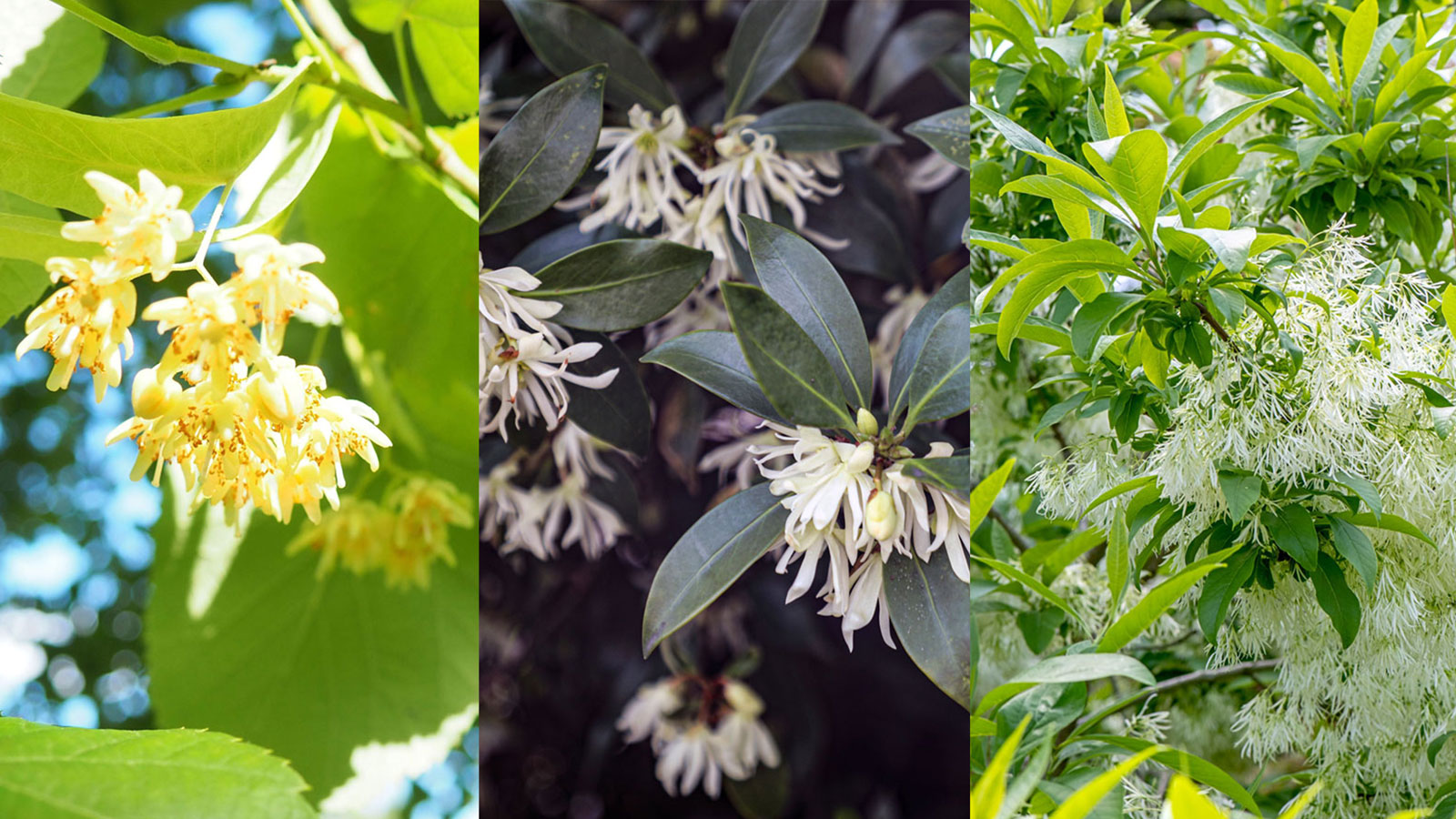

On a warm, still day, just imagine how heavenly it would feel as drifts of subtle, fresh perfume envelops you, nourishing the soul. If this isn't a reason to plant one of the best fragrant trees in your yard, I'm not sure what is. (And the bees and butterflies will love the fragrance just as much as you do, of course.)
Fragrant trees add a new dimension to the enjoyment of your garden, whether you're sitting under or next to one, walking past, or simply catching the scent from twenty feet away as you plant up a flowerbed - ideally with the best fragrant flowers to maximise those feel good benefits.
With so many different varieties to choose from, we've made the task a little easier. We asked leading tree experts for their opinions on the best fragrant trees to choose and here is their shortlist.
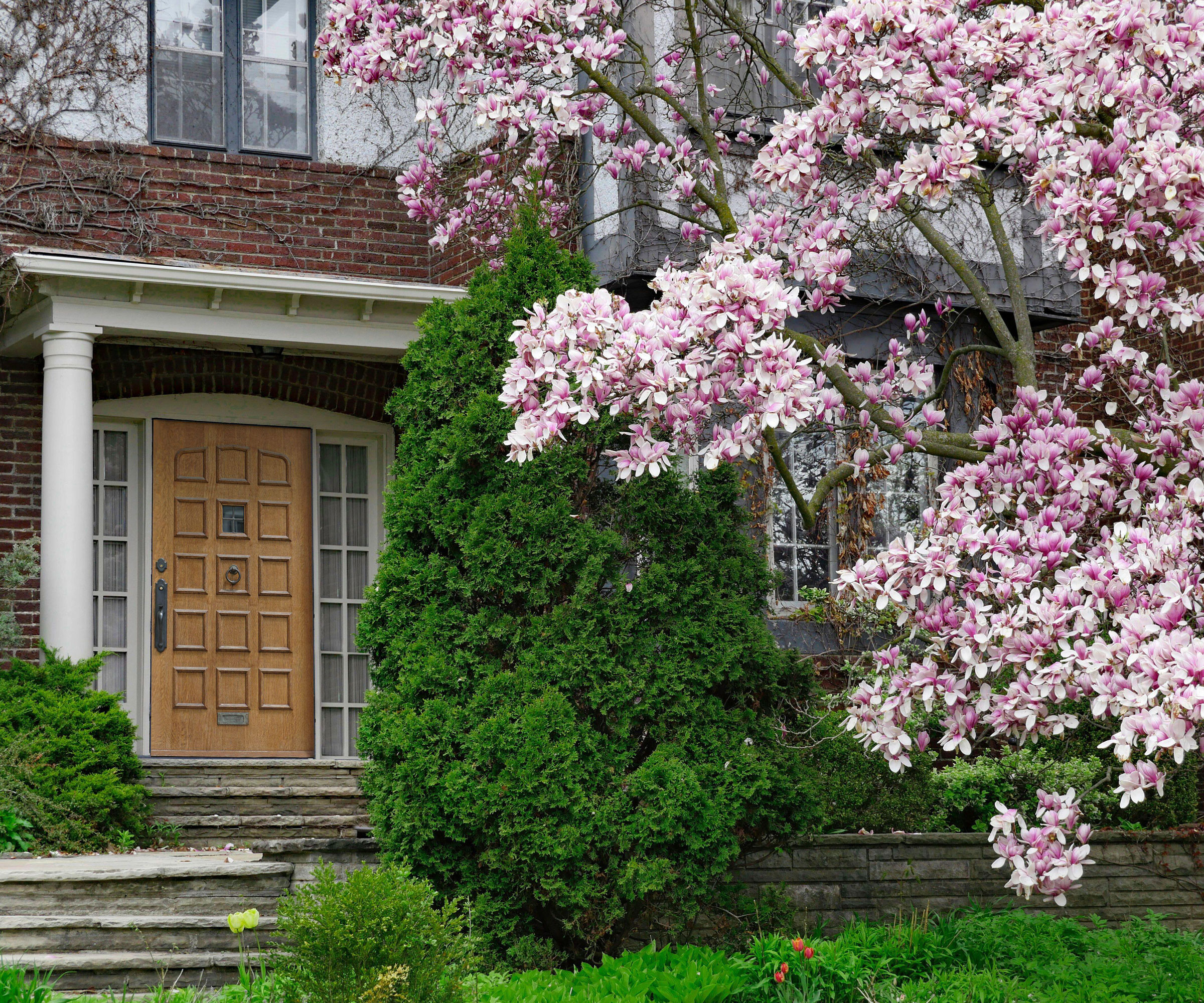
Imagine the scent from this magnolia tree when you arrive home
7 of the best fragrant trees, according to the experts
Trees exude fragrance in a variety of ways, mainly through their blossom, flowers or leaves. They can be slotted into your modern backyard ideas if you're looking to add sensory appeal to your garden that will boost a sense of wellbeing when you're outside. Alternatively, try one of the best fragrant trees if you're looking for new ideas as you feel outdated front yard trends are dominating your space.
1. Sweet bay magnolia
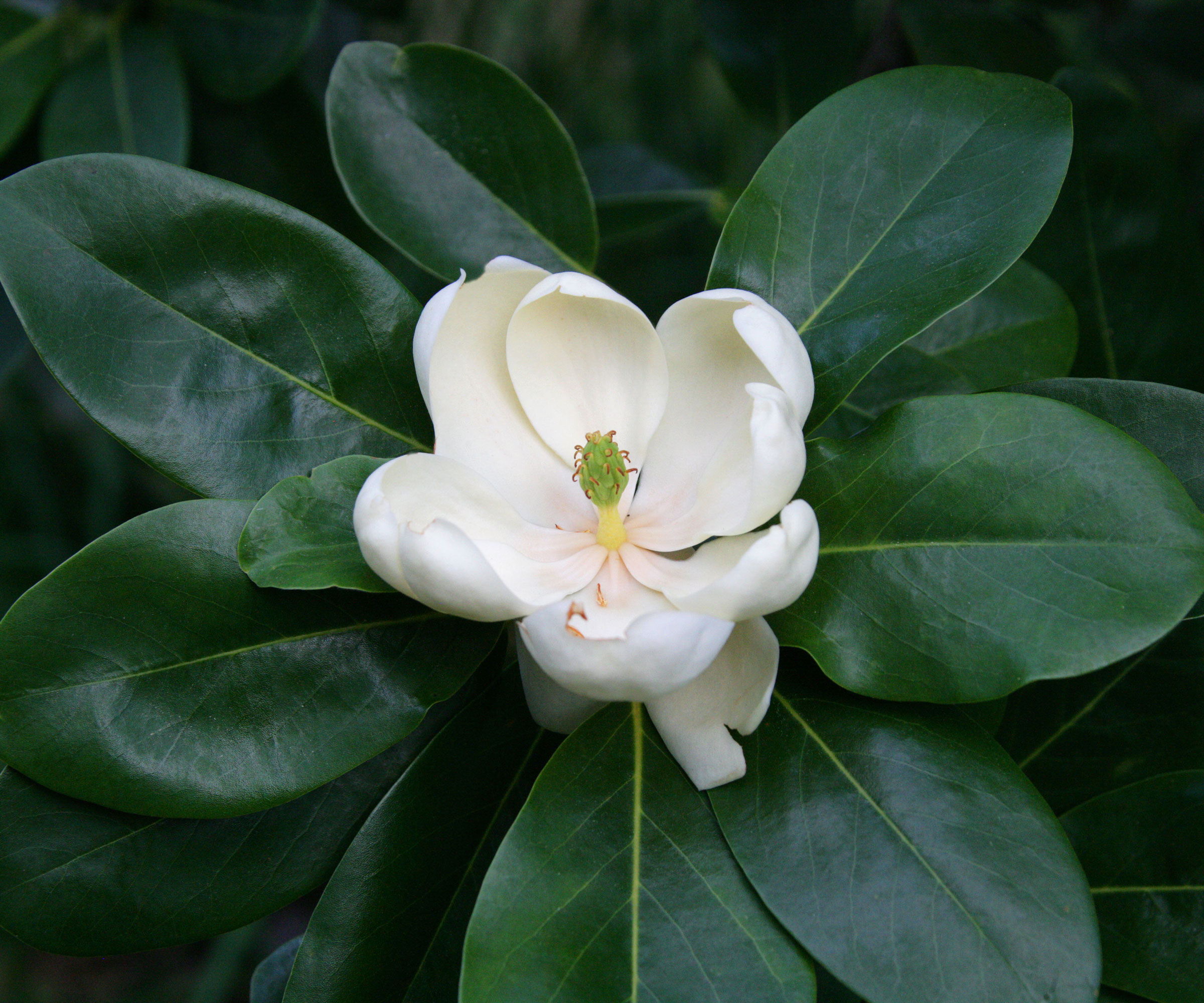
USDA growing zone: 5-10
Height: 15-25 feet
Botanical name: Magnolia virginiana
'Magnolias are hands down my favorite fragrant trees,' says CEO and founder at Tree Menders Evan Torchio. 'When they’re in bloom, the scent is just incredible. There's one near the entrance of my workplace, and every time I walk by, I can't help but stop for a deep breath. It instantly lifts my mood.'
I love all types of magnolia trees too, but the sweet bay is my absolute favorite, and that's why I put it in first place when choosing the best magnolia trees. With over 200 varieties to choose from this is quite the accolade. As well as looking beautiful the sweet lemon zest fragrance of the flowers is a real treat.
The clusters of glossy leaves on the multi-stemmed sweet bay tree form a lovely canopy, and are a shimmering gray color on the underside to add an interesting detail. It's a semi-evergreen variety depending on your climate and will hold on to most of its leaves in a mild winter.
It's one of the best fragrant trees if you're looking for an excellent specimen tree to create a focal point in your yard. I'm planning on planting one to shade my patio area as it's a fast grower too. Plus, this means I will get to enjoy the scent up close. The cup-shaped creamy white flowers bloom consistently from May through June, and can carry on flowering right up to first frost.
Find sweet bay magnolia trees at Nature Hills, which says the roots, branches, and leaves all smell sweet and spicy, a bit like vanilla.

Growing up in northern Ontario, Evan has always found solace around trees. He has a bachelor’s degree in forestry and is a member of the International Society of Arboriculture (ISA). Evan started his career in arboriculture working for a family-owned operation, before starting Tree Menders.
2. Chaste tree
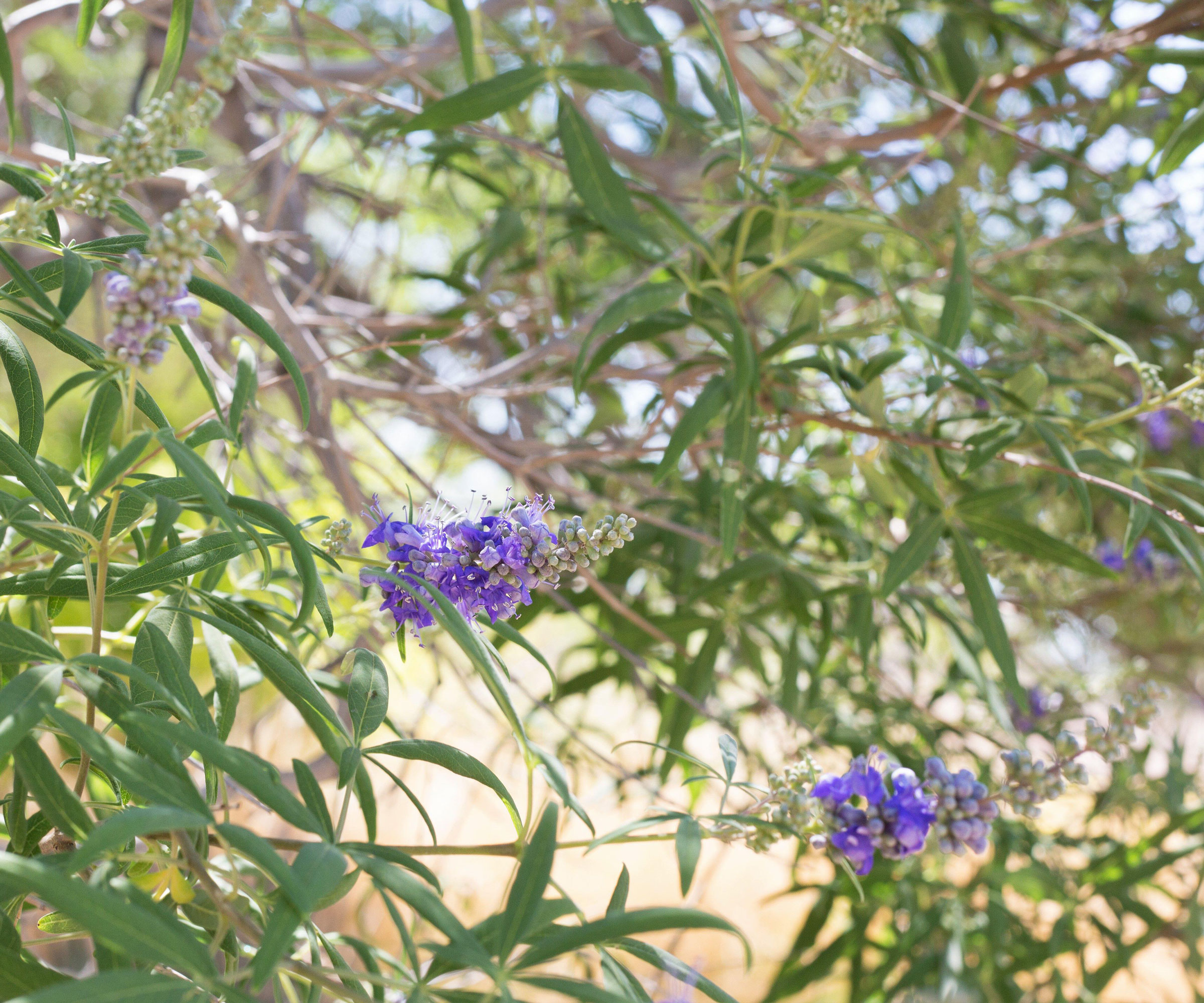
USDA growing zone: 6-9
Height: 20 feet
Botanical name: Vitex spp
'My favorite fragrant tree is the chaste tree,' says award-winning gardening expert Kathy Jentz. 'It's a small tree that is native to the Mediterranean and Asia. It has been cultivated for thousands of years both for its ornamental value and herbal uses.'
The chaste tree blooms profusely in mid-July. The flowers are sweetly fragrant and the leaves are also scented, smelling like sage, especially when rubbed or crushed. 'It also produces a fruit, which is technically a drupe, but is commonly referred to as a berry,' says Kathy. 'The seeds, roots, and bark are all used in traditional medicine. This tree is also a great addition to the butterfly garden.'
Also known as the Texas lilac tree or the Arabian lilac, the chaste tree can thrive in heat, so it's popular in the Southern US. It prefers well-drained soil and full sun. Once the root system is developed, it's drought-tolerant. Plant during the spring, after the soil has warmed up, to give it plenty of time to develop a good root system before the winter season. It's also a good container-grown tree.
'Vitex agnus-castus, the straight species, and the cultivar ‘Shoal Creek’ are available in tree form at many garden centers,' says Kathy. 'Among the newer cultivars are compact shrub forms like ‘Pink Pinnacle’ and ‘Blue Pinnacle.’ Also, look for the dwarf ‘Blue Diddley’.'

Kathy Jentz is host of the award-winning GardenDC Podcast, which received the GardenComm 2023 Laurel Media Awards Gold Award in the Digital Media Podcast Series category. She is also the author of Groundcover Revolution, editor and publisher of Washington Gardener magazine, and the Green Media columnist for the Mid-Atlantic Grower. Kathy is a member of the National Garden Bureau.
3. Harlequin glorybower
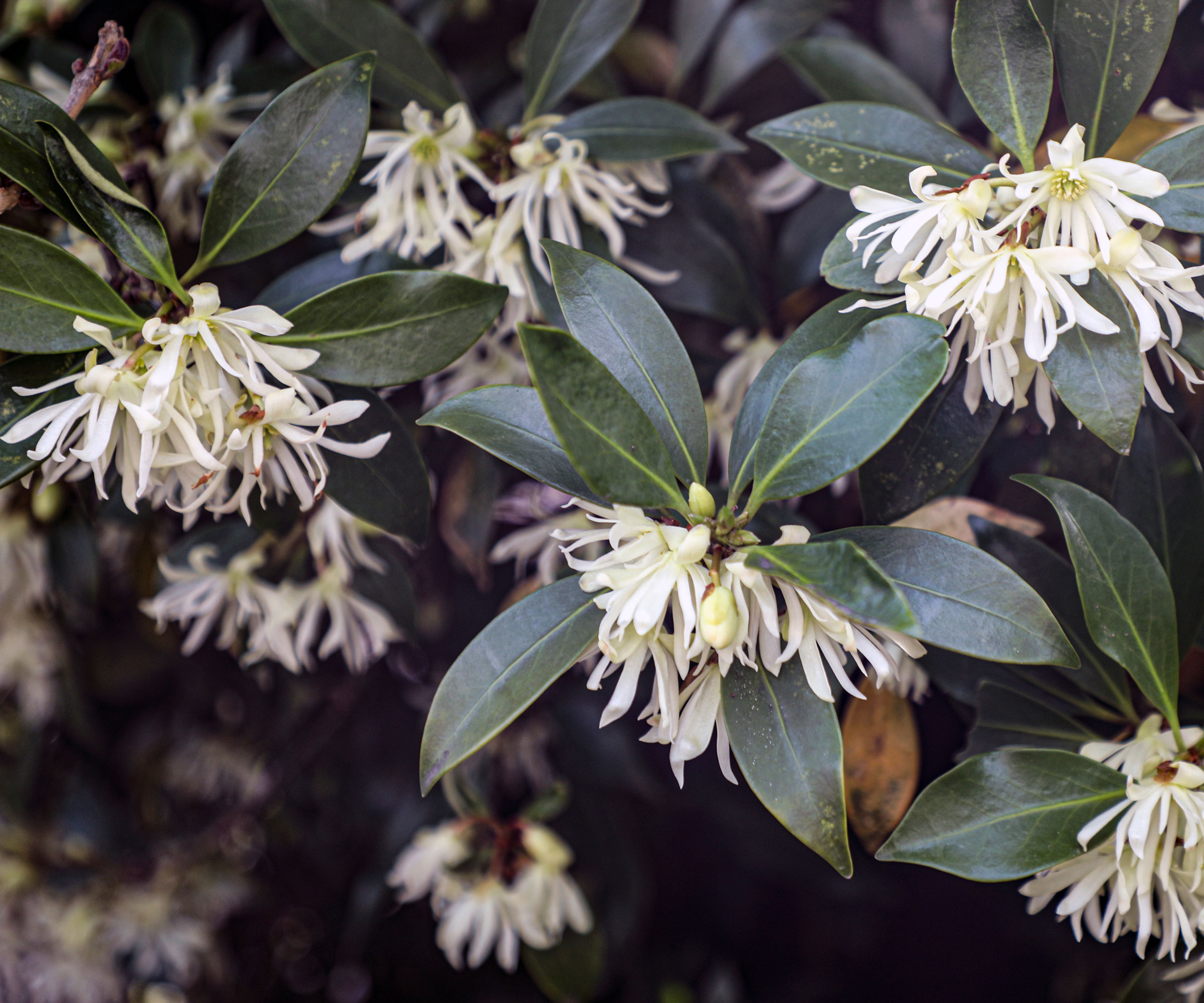
USDA growing zone: 7-11
Height: 10-20 feet
Botanical name: Clerodendrum trichotomum
This beautiful ornamental tree produces loose clusters of sweet-scented white flowers from midsummer to fall that attract hummingbirds, butterflies and bees. These showy blooms are followed by bright berries. You can prune harlequin glorybower to a single trunk and train it to grow as a small tree, or allow it to grow more naturally as a shrub. It's also one of the best fragrant trees for growing in a large container.
'My favorite tree fragrance comes from the harlequin glorybower,' says tree expert Lisa Tadewaldt. 'The leaves of this tree give off a unique peanut butter smell when crushed. It's a small tree with white blossoms in summer followed by red and blue fruit. Children never bore of picking a leaf and crushing it to release that sweet peanut butter aroma.'
For this reason it's also known as the peanut butter tree. Harlequin glorybower can be planted in partial shade but prefers full sunlight. It thrives in well-drained soil and is drought tolerant once established.

Lisa Tadewaldt is a tree care expert, and founder and owner at Urban Forest Pro, a treecare company based in Portland, Oregon. She is an ISA Certified Arborist® and has worked in the industry for many years.
4. Japanese lilac
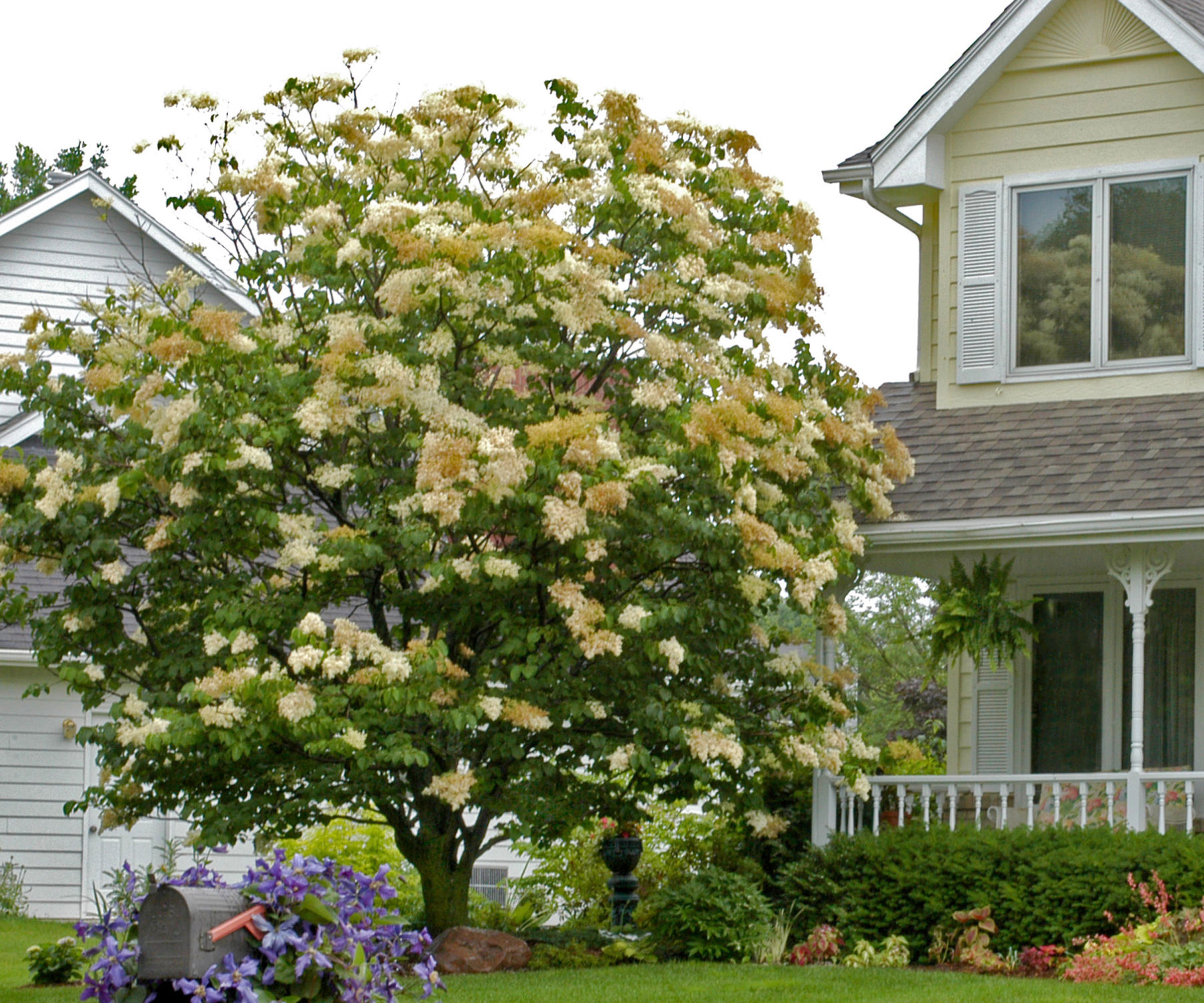
Syringa reticulata 'Ivory Silk'
USDA growing zone: 3-7
Height: up to 30 feet
Botanical name: Syringa reticulata
'There are many flowering and fruiting trees that have showy and fragrant blooms when you get close enough to appreciate them, but one tree that stands out without needing a nose-to-blossom approach is the Japanese tree lilac,' says horticulturalist Angie Eckert of Eckert's Farm. 'These can be grown as small trees or large shrubs, and generally bloom later than other varieties of Syringa, in late spring to early summer.'
Their magnificent spray of creamy white flowers will blanket an entire yard with fragrance. The scent will persist for about two weeks and is often described as privet-like. It's considered to be less sweet than those of common lilac varieties.
'Japanese lilac is very attractive to pollinators of all sorts and can provide a fair amount of shade if grown with a raised crown,' says Angie. 'This variety of lilac also receives bonus points for having no serious pest or disease issues that are frequently associated with common lilacs. There is one in my neighborhood and every June I look forward to inhaling its scent on my evening walks.'
Find out how to grow lilacs for the best way to bring color and fragrance to your yard in spring.

Angie Eckert has a Bachelor’s Degree in Horticulture from the University of Illinois and a Master’s of Science in Agricultural Education from Ohio State University. Angie taught horticulture at Southwestern Illinois College, coordinated Adult Education Classes for the Missouri Botanical Garden, and ran a horticultural speaking business for several years before joining her husband’s seventh generation orchard and retail operation. In her free time, Angie loves to cook and garden at her home on the farm.
5. Mimosa
USDA growing zone: 4-7
Height: up to 40 feet
Botanical name: Albizia julibrissin
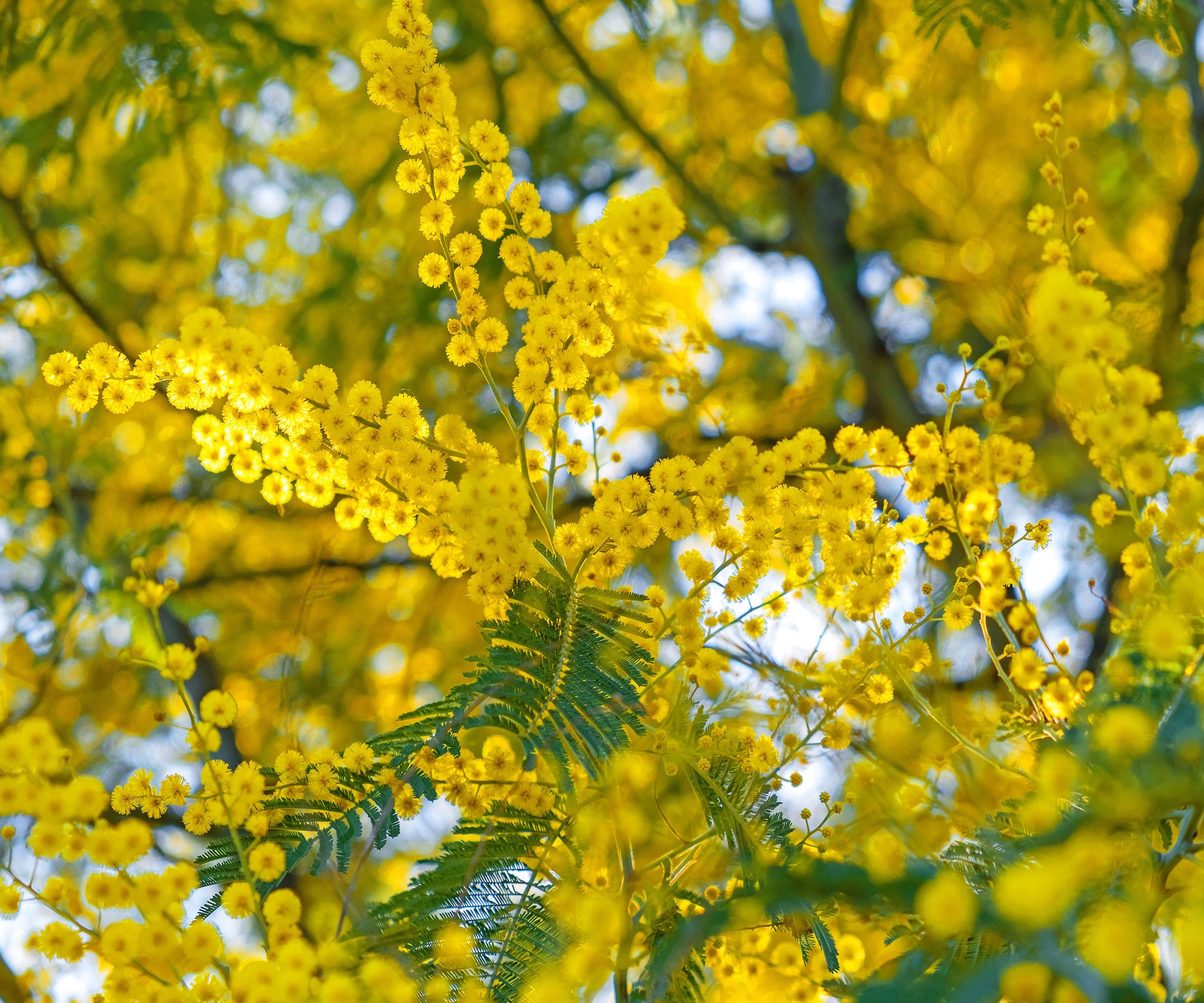
'Mimosa trees are beautiful, with fringy blooms that are highly fragrant,' says horticulturalist Tammy Sons. 'They are super fast growers that tower to heights near 40 feet at maturity. These are one of the top requests by our customers looking for fragrant trees and shrubs.'
The exotic-looking flowers bloom in June and July adding an attractive feature to the landscape. They are a magnet for butterflies, bees and hummingbirds, and in addition to yellow range in color from red to deep pink, pale blush and white. Mimosa trees make a beautiful ornamental addition to the garden, provide lots of shade, and are easy to grow in a variety of conditions.
Find out how to prune mimosa to get the most out of your tree and keep it in check as it's considered invasive in some areas.

Tammy Sons has decades of experience in horticulture. She studied at Harvard University, and is the founder and CEO at TN Nursery, which is recognized as the go-to place for Arlington National Cemetery, the Washington Monument, History Channel, Discovery Channel, and Ground Zero 9-11. She is a vocal advocate for environmental conservation through native plant gardening.
6. American linden

USDA growing zone: 2-8
Height: up to 60-80 feet
Botanical name: Tilia americana
'The American linden, also known as basswood, is a stately tree known for its large, heart-shaped leaves and fragrant yellow flowers in late spring to early summer that attract a variety of pollinators,' says Dr Dan Herms, Vice President of Research and Development at Davey Tree.
The blossom is famed for its light, sweet fragrance, and is an important food source for many pollinators. Desirable as a landscape tree for its large stature and aromatic flowers, this is also one of the best fragrant trees for dense shade, making it a popular choice for larger gardens.
American lindens prefer full sun to partial shade, and moist, well-draining soil, but are adaptable to various soil types. Young trees need regular watering to help establish a strong root system, and mulching around the base to retain moisture. It benefits from pruning in winter to maintain its shape.
You can find American linden trees at Nature Hills.
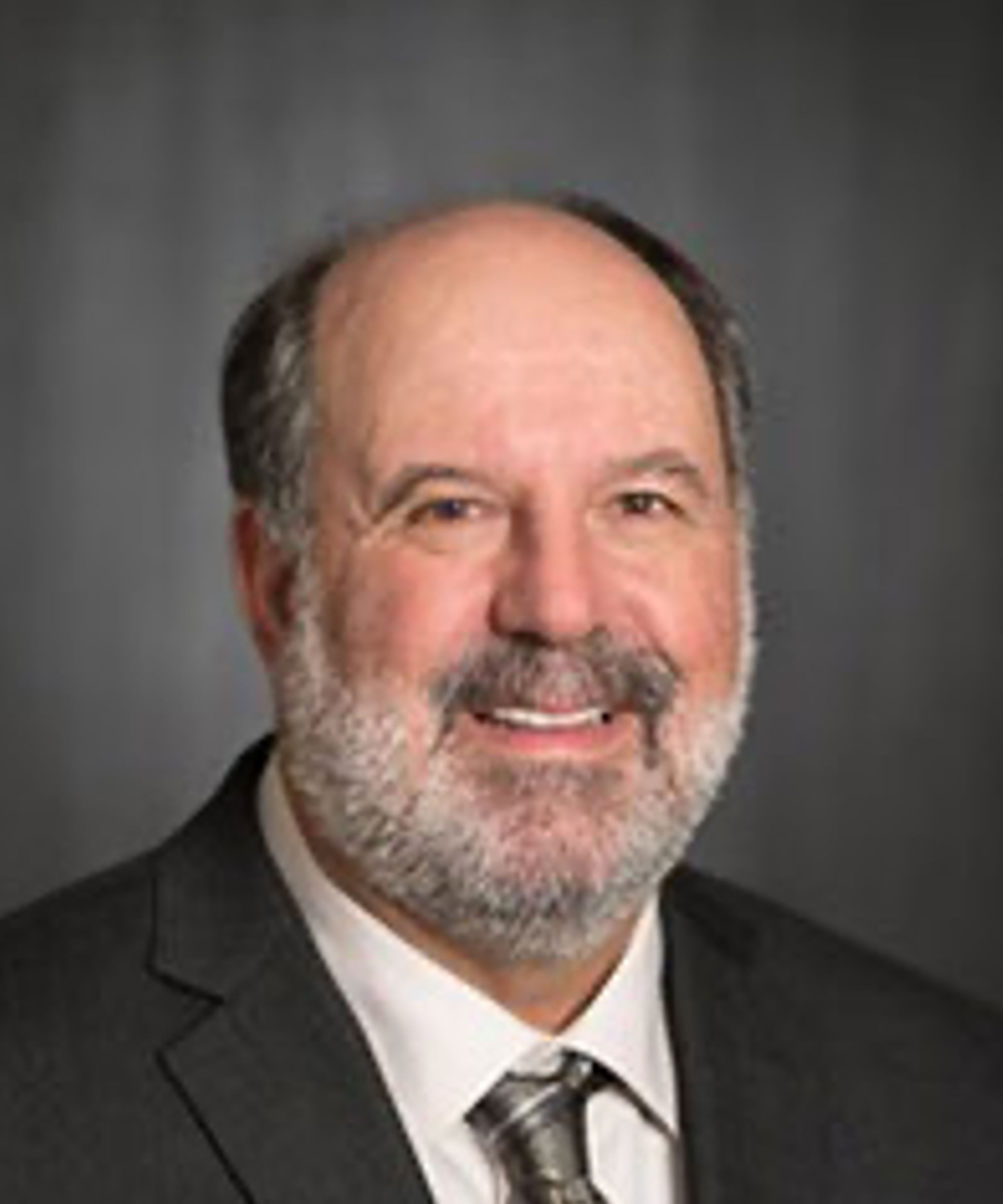
Dan Herms has more than 30 years' experience and leadership in arboreta and academia. Most recently he served as a professor and chair in the department of entomology at Ohio State. He has received major recognition for his work, including the Distinguished Achievement Award in Horticultural Entomology from the Entomological Society of America and the Richard W. Harris Author’s Citation Award from the International Society of Arboriculture.
7. Fringe tree

USDA growing zone: 4-8
Height: up to 12-20 feet
Botanical name: Chionanthus virginicus
The fringe tree is a real beauty that tends to get overlooked, maybe because this small ornamental variety of tree starts out as a shrub. This means it can also be grown as a wide-spreading, multi-stemmed shrub as it matures, instead of a tree. It's a dependable variety that flowers every year and has good fall color too.
'The fringe tree delights with its fragrant white flowers in late spring, followed by the emergence of blue-purple fruits,' says Dan Herms. 'As a small tree that's native to Eastern North America, it requires minimal maintenance, making it a hassle-free addition to your landscape.
Fringe trees likes full sun to partial shade, and adapt to various soil types. It's a good idea to water the tree before the soil around the roots dries out completely. They can't tolerate prolonged drought, and they don't need pruning because their canopy will naturally develop an oval shape.
FAQs
What are the best citrus trees for fragrance?
Citrus trees are a popular choice for gardeners not only for their tasty fruits, but for their fragrant and beautiful flowers and leaves. Oranges, lemons and limes are all great container specimens when you're looking for the best fragrant trees, making it easy to enjoy the flavor and sweet scent of citrus up close if you add one to your patio or balcony planted up in a pot.
Dr Dan Herms, Vice President of Research and Development at Davey Tree picked his favorite varieties of citrus trees for us:
'The popular 'Eureka' and 'Lisbon' lemon trees are familiar sights to many Americans, as is the 'Meyer' lemon, although it’s actually a hybrid between a sweet orange and a lemon.
'Popular varieties of orange such as the navel, sweet orange, and blood orange thrive in different environments from Southern California to Florida. A little research can reveal which type is right for your area.
'The ‘true limes’ include the petite key limes and Mexican limes, as well as the larger Persian or Bearrs limes, which look like the ones you see in the grocery store. Other attractive citrus varieties like the Kaffir lime are actually from different species, but make for great garden choices too.'
You can find out more about citrus tree care here to get the most out of your trees.
Planting a tree is one of life's joys and even more so if you choose a fragrant variety. Since we're on the subject why not add more fragrance to your garden with the best fragrant hedge plants and the best fragrant bulbs, as well as plants that make your patio smell nice. Because you can never have enough scented plants in your garden.
Sign up to the Homes & Gardens newsletter
Design expertise in your inbox – from inspiring decorating ideas and beautiful celebrity homes to practical gardening advice and shopping round-ups.
Lifestyle journalist Sarah Wilson writes about flowers, plants, garden design and gardening trends for Homes & Gardens. She has studied introductory garden and landscape design and floristry, and also has an RHS Level 2 qualification in the Principles of Plant Growth and Development. She is a regular contributor to Homes & Gardens and Livingetc. She has also written for Real Homes, Modern Gardens and Country Homes & Interiors magazines.
-
 I’m an HVAC technician, and this is when I turn my AC on each year – plus 5 checks I always do beforehand
I’m an HVAC technician, and this is when I turn my AC on each year – plus 5 checks I always do beforehandSave yourself an AC hassle by running my checks and turning it on before big heat hits
By Josh Mitchell Published
-
 This simple marble hack elevates my budget-friendly wooden kitchen countertops and prevents the dreaded water damage for way less than you’d think
This simple marble hack elevates my budget-friendly wooden kitchen countertops and prevents the dreaded water damage for way less than you’d thinkThis design trick looks expensive, solves a problem, and was the easiest decision I made during my kitchen reno
By Charlotte Olby Published